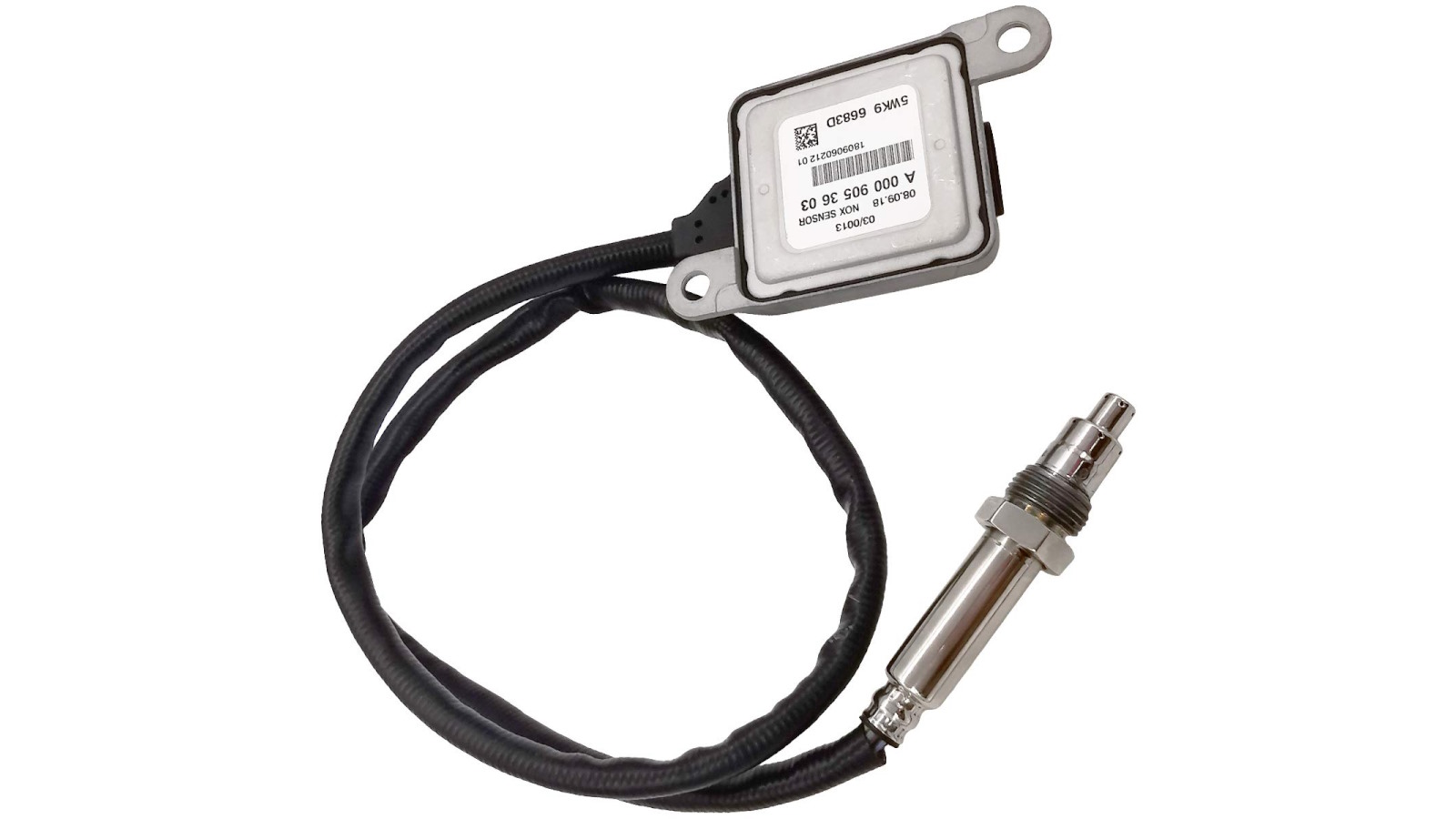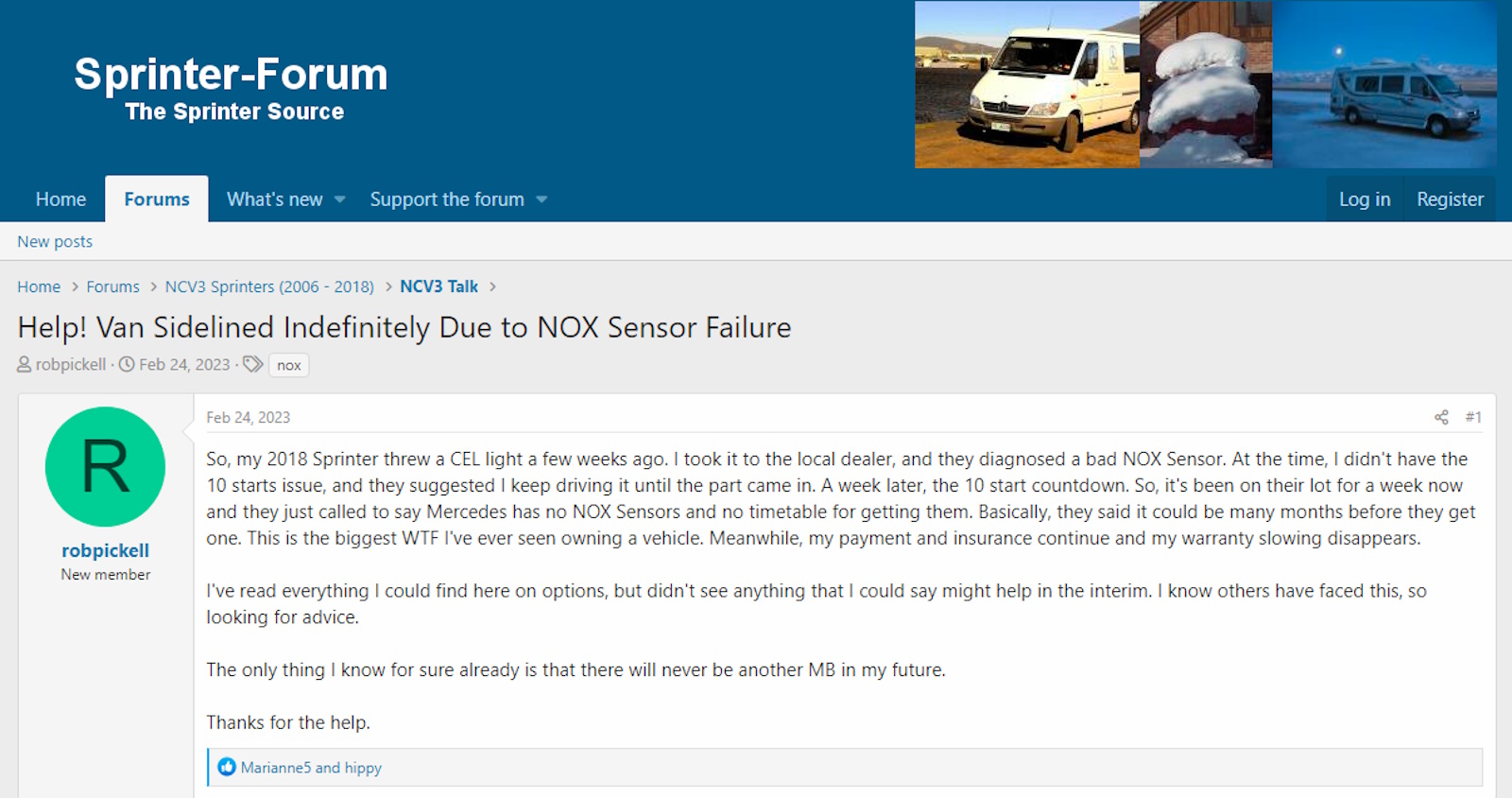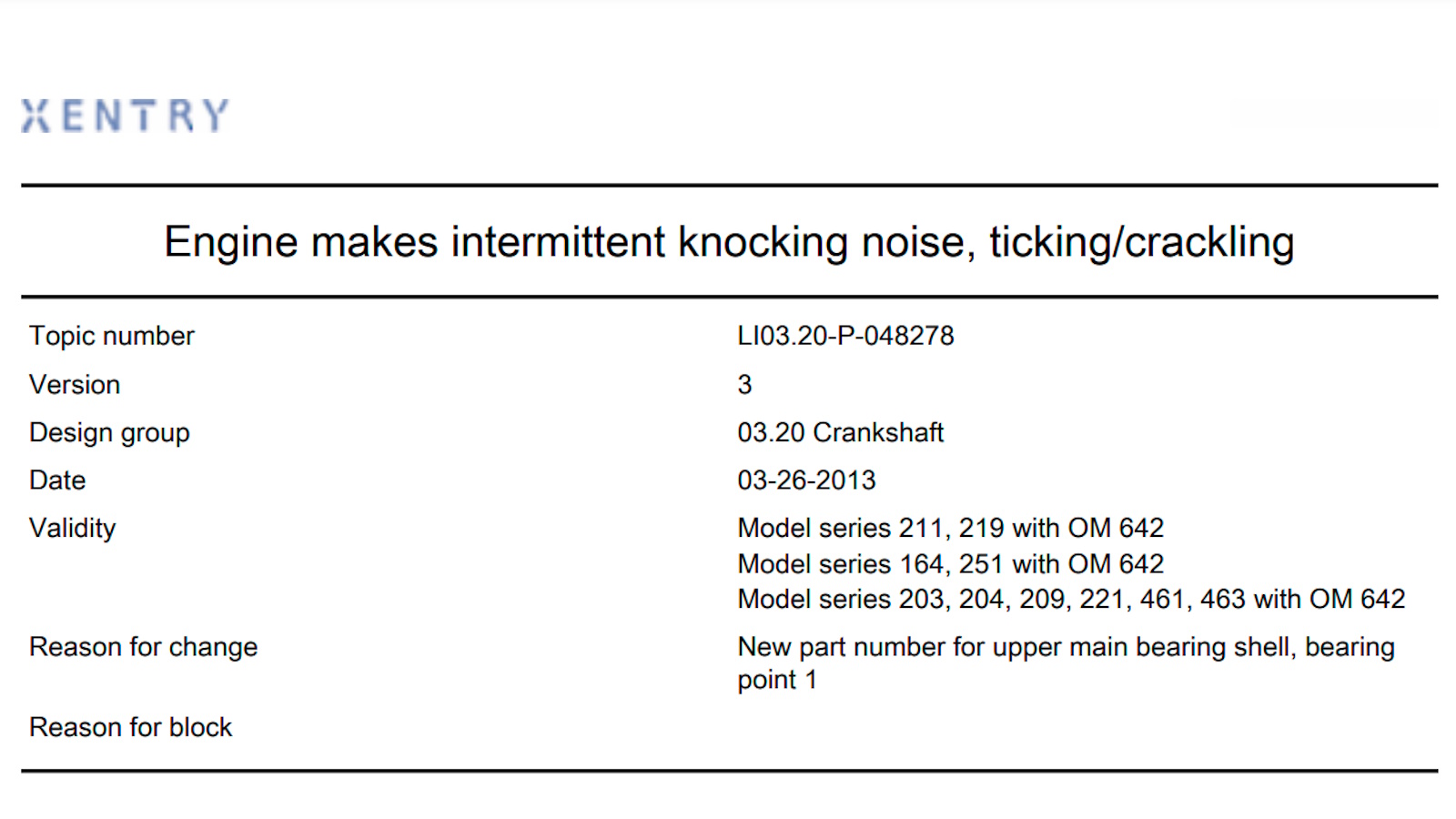There used to be a time when diesel Mercedes-Benz cars ran forever and were the last word in durability, reliability, and dependability. The 240D, 300D, and 300SD were slow, but they’d always get you where you needed to go, with rugged simplicity and overbuilt design. Unfortunately, those days are long gone, and some of the final diesel Benzes sold in America are absolute money pits thanks to the troublesome OM642 diesel engine. Here, allow me to walk you through the problems in today’s installment of “Achilles Heels.”
It feels cliched to condemn an engine, but I don’t find myself in that mindset often. I’m a little more lenient than others when it comes to reliability. After all, timing chain components are technically wear items, problems with known failure windows can be planned around, and any major flaw for which rectification can be safely bundled into routine maintenance is perfectly manageable. Hell, I drive an 18-year-old BMW and a 24-year-old Porsche, and I write about cars on the internet as a job, so I’m not exactly risk-averse. Still, the Mercedes-Benz OM642 diesel V6 is one engine I wouldn’t touch with a ten-foot pole.
So what is the OM642, and which vehicles came with it? Well, back in the mid-aughts, Mercedes-Benz wanted to replace its aging inline-six and inline-five diesel engines with one turbocharged diesel V6. The result was an undersquare (long stroke) all-aluminum 72-degree unit with a variable geometry turbocharger. You’ll find this engine in 2007 and newer E320 CDI and E350 BlueTec sedans, 2007 and newer R320 CDI, R350 BluTec, ML320 CDI, ML350 BluTec, and 2008 and newer GL320 CDI and GL350 BlueTec SUVs, 2012 to 2013 S350 BlueTec sedans, 2007 to 2008 Jeep Grand Cherokee diesels, the rare GLE350d and GLS350d SUVs, and a buttload of Sprinter vans.

With such widespread use, vehicles with the OM642 diesel engine can be commonly found on Craigslist, but they can also commonly be found clogging up bays in local repair shops. Let’s dive into some of the problems I’ve seen with this motor.
Dead Turbo Actuators

It’s not uncommon for the turbo part of this turbodiesel engine to become silent, with the variable geometry flaps inside the turbocharger failing to, erm, vary their geometry and instead resting in a collapsed “no boost” position. Should a no boost condition be caused by the externally-mounted vane actuator crapping out, Mercedes will tell you to buy another turbocharger at a cost of several grand as everything’s sold in one assembly.

There are aftermarket turbo actuators on the market that claim to be an easy fix, but from my experience, they’re badly made, rife with fitment issues, and lack acceptable longevity. However, assuming the turbocharger itself is fine, complete unit replacement isn’t the only decent option.

Unsurprisingly, there is a small cottage industry refurbishing these actuators, and it should have an OM642 back on the road for a few hundred dollars. Well, back on the road temporarily, at least. I’ve seen great success with these rebuilt actuators, but there’s still plenty that can keep an OM642 down.
Swirl Flap Failure

Like many modern diesel engines, the OM642 features swirl flaps in some of its intake manifold runners that promote air turbulence at low engine speeds, theoretically resulting in more thorough mixing of the direct injection fuel charge with the air entering each cylinder. As MS Motorservice, wholesaler for OE engine parts by the likes of Pierburg and TRW, explains:
Swirl flaps produce a swirl alongside the cylinder axle. They are used in diesel vehicles to improve the mixing of the fuel-air mixture at low engine speeds. For this purpose, the air is fed to each cylinder through two separate channels in the intake manifold. One of the two channels can be closed with a swirl flap. This creates a swirling of the fresh air. Better mixing reduces fuel consumption and pollutant emission. At higher engine speeds and torques, the swirl flap is opened to achieve a better filling level. The swirl flaps are also opened at starting of the engine and in overrun condition.
Unfortunately, these swirl flaps gunk-up and freeze in place thanks to carbon deposits made by the exhaust gas recirculation system in its mission to cut low-speed emissions, often taking out fragile swirl flap mechanism components like the flap “connecting rods.” Since they aren’t serviceable, replacement of at least one entire manifold is common, and simultaneous replacement of both intake manifolds (yes, each cylinder bank has a separate manifold) certainly isn’t out of the question.

Figure around $700 just for one intake manifold, and 6.1 hours of book labor to replace a single bank. If you aren’t handy with a wrench and blessed with plenty of spare time, intake manifold replacement easily results in a four-figure bill.
Oil Cooler Leaks In The Valley Of The Engine

Oh, and in the same vicinity of the gunked-up swirl flaps, you might find a pressurized oil leak caused by inferior oil cooler gaskets. Guess where these gaskets reside? That’s right, in the valley of the engine. This wouldn’t be so bad on many engines, but Mercedes-Benz crammed a whole lot of stuff in the way of the valley, from the aforementioned problematic intake manifolds to the turbocharger itself.

This issue is so common that Mercedes-Benz issued a technical service bulletin back in 2016 for this issue, and while the parts are cheap, replacement of the oil cooler seals calls for 12.3 hours of book time. Needless to say, this is a labor-intensive, multi-day job to do yourself, and typical European specialty shop labor rates make this repair cost a mint to farm out.

If you want to see the journey to the valley of an OM642, there’s a phenomenal thread on the Peach Parts forum that takes a DIY dive right in. It’s pretty easy to see why even the most experienced wrenchers might want to hire someone for this repair.
NOx Sensor Failure

Moving underneath the car, the OM642’s NOx sensors go bad all the time, and are some of the most common OM642 repairs I’ve quoted in a past life. Figure a parts cost of roughly $450 to $500 per NOx sensor, and these parts definitely need replacing as soon as they go wrong, as a failed NOx sensor can trigger the dreaded Mercedes 10-start countdown, an emissions safeguard which will only allow a driver to start their car ten further times before it’s immobilized.

Oh, and when I write immobilized, I mean immobilized. Exhaust the countdown, and the only way that vehicle’s making it to the dealership is on a tow truck. Besides, NOx sensors are vital emissions system components that sniff for harmful nitrogen oxide, and diesel gets a bad enough rep for the planet as it sits.
Main Bearing Failure

Oh, and just like certain high-performance BMW engines, earlier Mercedes-Benz OM642 engines may also suffer from engine bearing wear. In 2013, Mercedes-Benz put out a technical service bulletin for a ticking noise at idle and low engine speeds.

The common fix? In Mercedes-Benz’s words, “Replacement of bearing shells of 1st crankshaft main bearing.” While the repair can be done with the engine still in the car, failure to address this ticking noise can spell an early demise for the engine.

Looking around on car-part.com, an online salvage yard marketplace used by many independent shops for second-hand parts, a good used replacement engine goes for anywhere from $6,500 to $8,500, not including installation. Considering many OM642-engined Mercedes-Benz products have depreciated to that level, catastrophic engine damage would make many OM642 diesels uneconomical to repair.

If you’ve been considering a V6 diesel Mercedes-Benz, just go with a naturally-aspirated gasoline-powered V6 or V8 model from the 2009 model year or newer and save yourself some heartache. Potential fuel savings with the diesel can easily be swallowed up by engine repairs, to the point where you could’ve had a V8. Sure, the OM642 is smooth and torquey and efficient when it works, but unless you want to put your mechanic’s kid through college, I’d recommend other options for diesel-powered vehicles if you’re hellbent on an oil-burner. The E70 BMW X5 35d is a much better option than an ML350 BlueTec, and although the Porsche Cayenne Diesel, Audi Q7 TDI, and Volkswagen Touareg V6 TDI have their foibles, I saw far fewer of those three models combined booked in for unscheduled repairs than diesel MLs alone.
(Photo credits: Mercedes-Benz, Jeep, Mhobsonjr – Own work, CC BY-SA 4.0, eBay, Amazon, Peach Parts, Sprinter Forum, Benzworld, Mercedes Benz Owners)
Support our mission of championing car culture by becoming an Official Autopian Member.

-
Here’s What A ‘Conductor Plate’ Is And Why It Kills So Many Mercedes Vehicles
-
The 2008 Dodge Viper’s V10 Engine Was The First To Ever Use This Camshaft Technology
-
How ‘Indirect Tire Pressure Monitoring Systems’ Work And Why We Should Celebrate Their Return
-
How Parking Under A Tree Can Kill A First-Gen Porsche Boxster
-
I Bet You Don’t Know The What The First Car Crash Tested By The NHTSA Was
Got a hot tip? Send it to us here. Or check out the stories on our homepage.




why deleting comments ? only allowing false negative ones ?
Hello! Sorry, we are not deleting your comments. The website has an automatic spam filter and sometimes it’s not that great at figuring out who is real and who is a spambot. I have set your comments free! 🙂
Its an amazing engine !